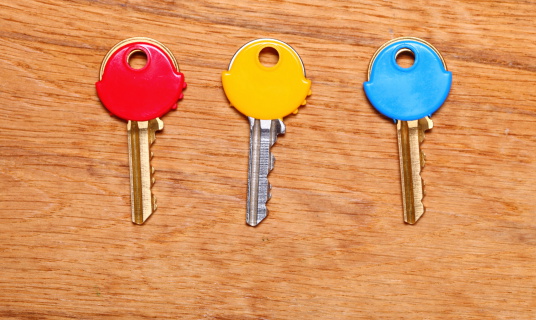What Is Multi-Factor Authentication? And Why do You Need it Now to Avoid the Loss of Control or Access to Your Information?
In the age of digital transformation, data breaches are becoming more and more common. As a result, organizations are looking for ways to better protect their data. One way to do this is through the use of multi-factor authentication (MFA).
MFA, by its name, means “a few authentication factors” and by its nature is a more secure user-access management tool. MFA combines different types of security items and by providing, for instance, a password, a confirmation code, and biometric data, the user must give complex pieces of evidence from various sources confirming that they are the right person for gaining access to requested systems or information assets.
In other words MFA makes it much harder for hackers to gain access to your systems because they would need to have not only your password but also another piece of information that only you would know or have access to.
How MFA Works
There are three primary types of MFA: something you know (e.g., password), something you have (e.g., smartphone), and something you are (e.g., fingerprint).
The most common type of MFA is two-factor authentication (2FA), which combines two of the three types of MFA mentioned above. For example, 2FA might require a user to enter both a password and a one-time code that is generated by an app on their smartphone.
Another example of MFA is biometric authentication, which uses things like fingerprints, iris scans, or facial recognition to verify someone’s identity. This type of authentication is becoming more common as technology advances.
Why You Need MFA
As mentioned earlier, data breaches are becoming more and more common. In fact, according to IBM’s 2022 Cost of a Data Breach Study, the average cost of a data breach is 4.35USD million, which is a 12.7% increase from the last year.
Organizations cannot afford to be lenient when it comes to security. This is where MFA comes in. By using MFA organizations can add an extra layer of security to their systems and reduce the risk of a data breach.
Is 2FA MFA?
2-Factor Authentication is a multi-factor authentication method that requires exactly two authentication factors. MFA has an additional dimension of authentication requiring more authentication factors. Note that 2FA is MFA, but MFA is not considered 2FA.
2FA has no pre-defined restrictions on the second-factor type that follows the user name and password combination. It means that 2FA allows combining factors of the exact nature. So you can choose a password (knowledge factor) and combine with a security question or code (knowledge factor).
MFA requires identification factors to be independent. MFA can have only two factors for identification; however, they must be of an independent-factor nature. You prove who you are by providing information of separate categories: a password (knowledge factor) and a fingerprint (inherence factor) via mobile push notification on the phone (possession factor).
Netswitch sees MFA as being more secure than 2FA because you must respond to more checkpoints to access your data or device.
Conclusion
As data breaches become more common and costly we need to find ways to better protect our data, and one way to do this is through the use of multi-factor authentication (MFA).
MFA adds an extra layers of security to systems by requiring users to provide multiple pieces of evidence from different sources in order to gain access.
While there is no guaranteed way to prevent all data breaches, implementing MFA can help reduce the risk and potentially save your organization millions of dollars in the event of a breach.
Recommended Resources
Suggestions to Learn About Your Cyber Risk Governance…
- Read about Netswitch’s Security and Risk Assessment (SARA). We help you in less than a week.
- Join Sean Mahoney and Stanley Li for an upcoming LinkedIn Live Event where they will discuss how you can change the narrative around GRC in your organization. Watch Previous Events HERE.
- Request to join other risk professionals in our Cyber Risk Governance LinkedIn Group – The largest LinkedIn Group about Cyber Risk and Governance JOIN.
- Follow us on
- LinkedIn – Netswitch Technology Management
- Listen to our Podcast – Cybersecurity Chronicles
- Watch our Videos – Netswitch on YouTube












